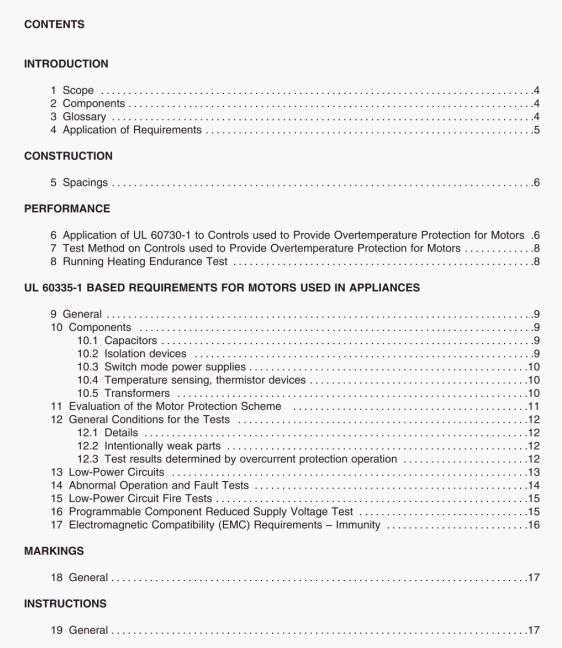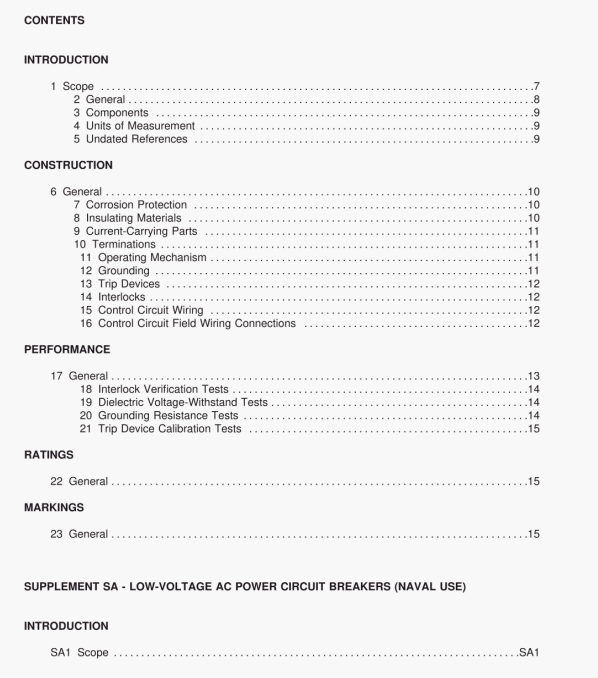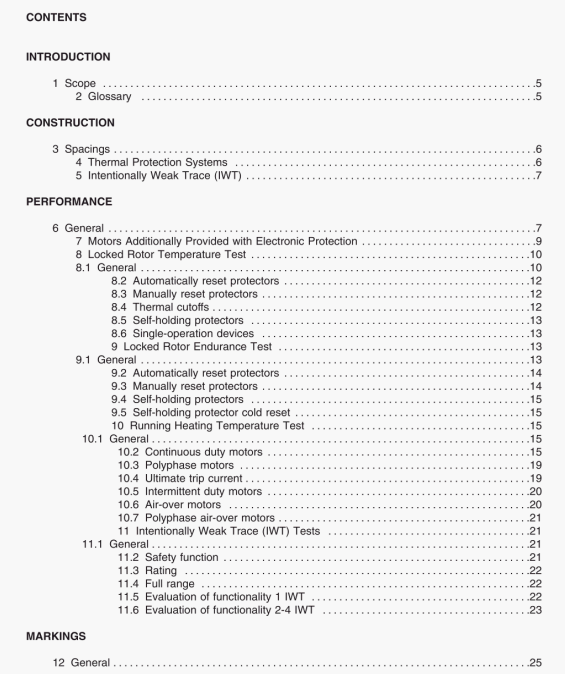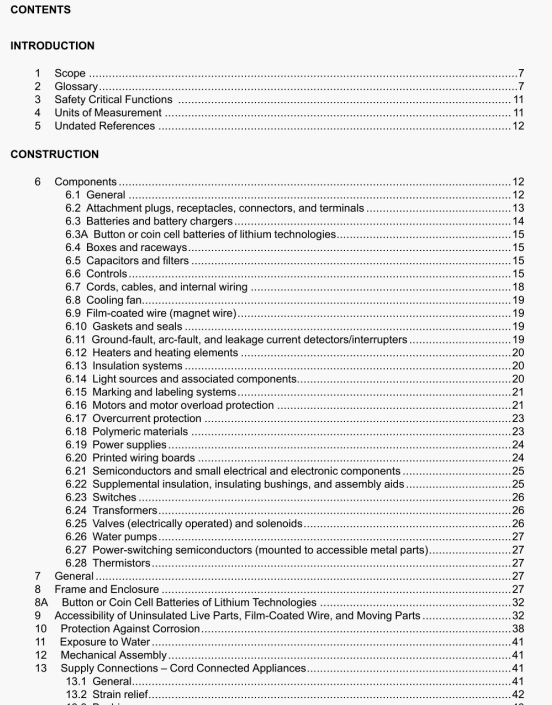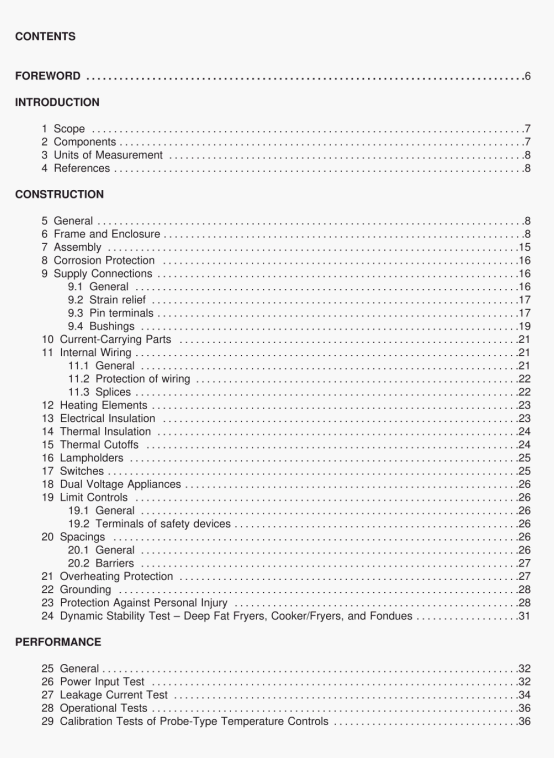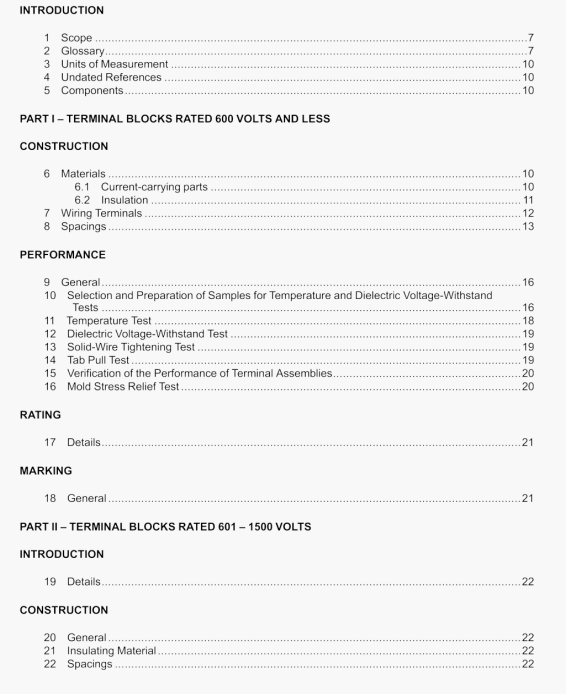UL 330B:2018 pdf download.Hose and Hose Assemblies for Use With Dispensing Devices Dispensing Diesel Fuel,Biodiesel Fuel,Diesel/Biodiesel Blends With Nominal Biodiesel Concentrations Up To 20 Percent (B20),Kerosene, and Fuel Oil.
14.4 Method
14.4.1 The electrical resistance is to be measured from coupling to coupling. While the ohmmeter leadsare attached to the couplings, the hose is bent 180 degrees around a 14 inch (355.6 mm) diametermandrel at several different locations throughout the length of the hose, and the highest reading obtainedis to be considered the resistance of the hose. The hose is then to be filled with a measured amount ofthe applicable test fluid as specified in 11.2, and subjected to repeated bending as described in 12.4.1 for3,150 cycles per day for 6 days.At the start of each bending period, the hose is to be removed from thebending machine,filled to the original level, when needed, with a measured amount of test liquid andsuspended in a vertical or V-shaped position. The percent loss of liquid is to be calculated using theamount of liquid required to fill the hose at the start of the test and the total liquid added at the end ofeach bending period.After a total of 18,900 cycles of repeated bending, an examination is to be made forany evidence of breakdown of the hose or any of its parts, and the electrical resistance is to be measuredagain.
15 Permeation Test (For Low Permeation Hose)15.1 General
15.1.1 This shall apply to low permeation hose, as marked in Section 31.5.The steady state permeationrate for each of five hose assemblies when tested in accordance with 15.2- 15.8 shall not exceed 10.og/m2/day.
15.2 Test equipment
15.2.1 Test equipment meeting or exceeding the following specifications shall be used to conduct thepermeation test:
a) Torque wrench capable of measuring torque from 50 to 130±5 fi-lb(68 to 177 N-m);
b) Balance with a range of 0 to 8 kg (0 to 17.6 pounds) or greater, capable of weighing to 0.01g.
